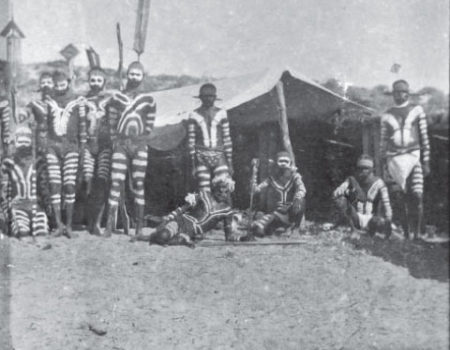Lock Hospitals
Aboriginal people did not live on Bernier and Dorre Islands before European settlement but from 1908 to 1918 Lock Hospitals on these islands were used to isolate Aboriginal people thought to have various diseases including leprosy and tuberculosis.
The patients and their families often had little idea where they were or why they were taken from their traditional country. Men were taken to a hospital on Bernier Island and women to one on Dorre Island. Patients who were fit enough hunted, fished and worked to build and maintain the hospitals.
Hospital records were poorly kept but about a third of the patients admitted to the lock hospitals are thought to have died on the islands. During an anthropological expedition in 1910–1911 social worker Daisy Bates described the hospitals as “tombs of the living dead”.
Hospital admissions decreased after 1913 due to administration costs and in 1918 the hospitals were closed and patients relocated to Port Hedland.
In 1986 the Lock Hospitals were registered as protected areas under the Aboriginal Heritage Act. The islands’ heritage significance was also recognised with their inclusion on the Register of the National Estate in 1987.
Aboriginal communities, particularly the people of Carnarvon, have established memorials on the islands to those that suffered and died there.

